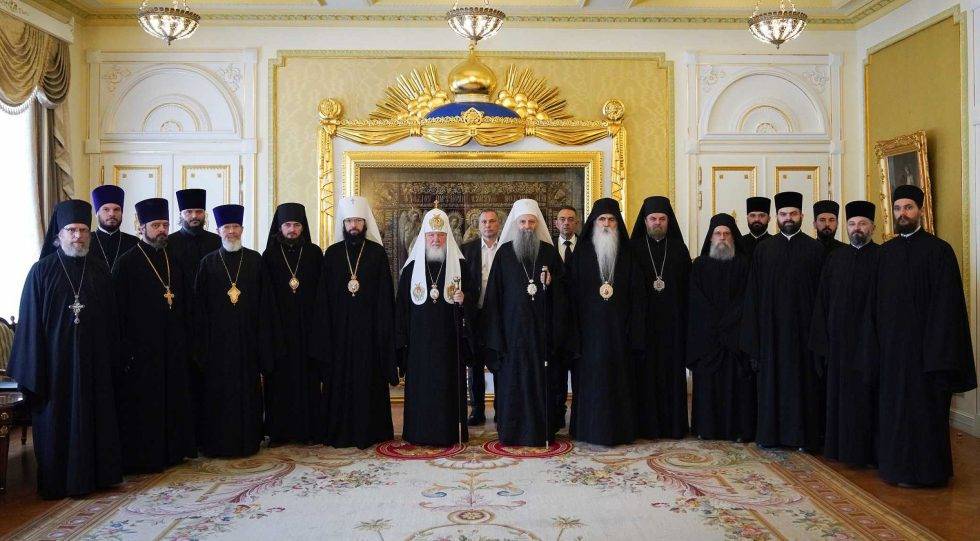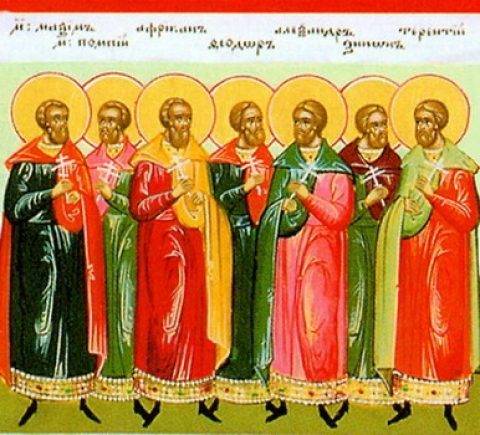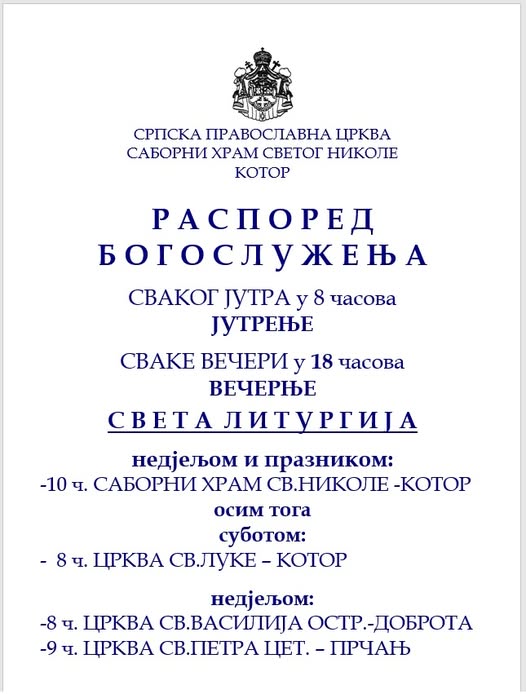The Church of Saint Luke the Apostle is one of the oldest preserved churches in the city. It was built in the twelfth century, in 1195. during the reign of the Great Serbian Prefect Nemanja and his son Vukan, as written on the stone slab above the entrance door. The founder of the church is Mavros Katsafrangi, probably a Greek from Apulia.
The church is interesting for its architecture, because it is a mixture of Byzantine and Romanesque styles.
The entire church was frescoed, which can be seen from the fragments in several places in the church, and today only one fresco on the south wall has been preserved, on which Saint Sylvester of Rome, a saint from the fourth century, who baptized the Byzantine emperor Constantine the Great, is represented. Next to him are two holy martyrs, most likely St. Barbara and St. Katherine. Other frescoes were destroyed over the centuries.
During the period when Kotor was under the rule of the Venetian Republic, the church was Roman Catholic. In the middle of the 17th century, the church was returned to the Orthodox, but the Roman Catholic altar on the south wall was kept, so for a time it was served according to both the Orthodox and the Roman Catholic rites. That is why even today one can hear that it is a church with two altars, even though in 1810 the Napoleonic government removed the Latin altars from all Orthodox churches, including from the church of St. Luke, since when she is only Orthodox.
The iconostasis consists of very valuable icons created in the period from the 16th to the 18th century, mostly by the famous Dimitrijević-Rafailović school of icon painting in Boko Kotor.
The floor of the church is composed of 17 numbered tombs. Namely, from the 17th century, while the city was under siege, the population of Kotor was buried in this church. According to some assumptions, there are about 3000 people buried in them. Tombstones with an inscription were buried priests.
Silver lamps (18th-19th century) are the handiwork of Kotor craftsmen. The stone baptistery near the front door is from the 19th century.
Throughout its long history, despite several strong earthquakes that hit the city of Kotor, the church of St. The port was almost completely undamaged, but minor changes were made from time to time. Professional reconstruction in 1985 restored its authentic appearance, except for the belfry, which in its current form was added later, most likely in the 17th century. The internal architecture has been completely preserved.
In the church, as a special relic, a particle of the relics of St. Apostle Luke, a part of the relics of the Holy Five-Star Martyrs, as well as a part of the relics of St. Barbarians.
Next to the church of St. Luke, there is a small chapel dedicated to St. Spyridon the miracle worker, which was added in the 18th century. Its iconostasis, which is also from the 18th century, is the work of the famous Italo-Cretan icon painting school. On the wall next to the iconostasis, there are silver shackles from throne icons.
Services are held regularly in both churches even today.





.png)